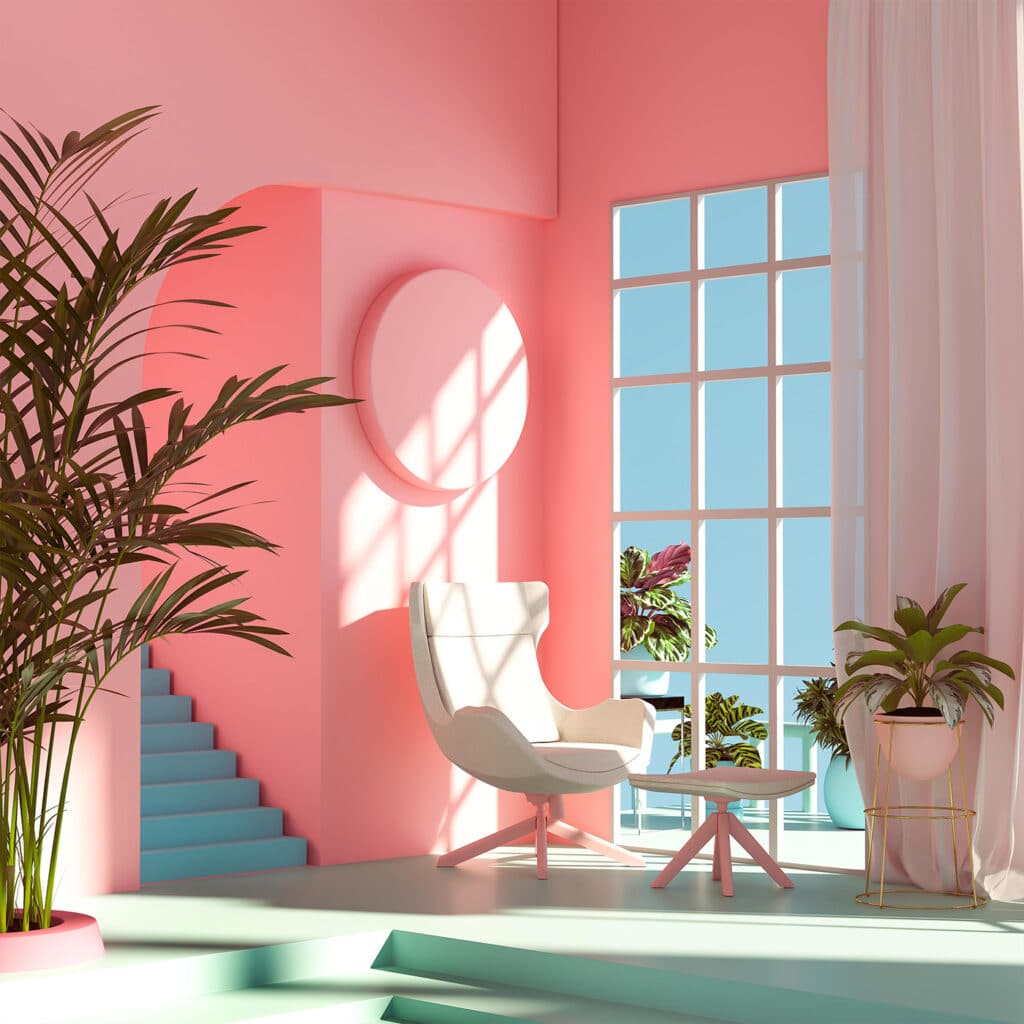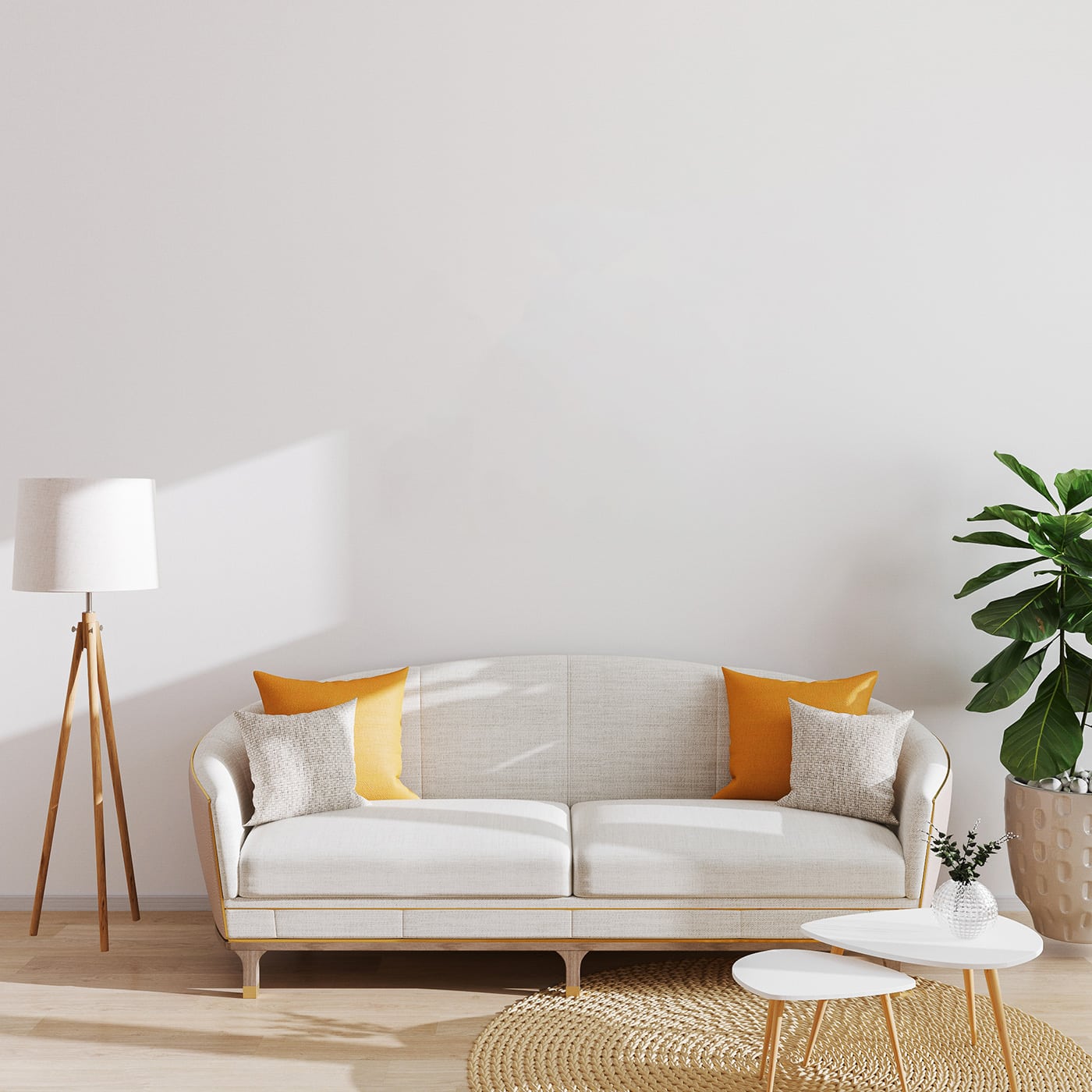If you're interested in interior design, architecture, or history in general, you'll want to learn more about the history of design. Finding out about the origins of a movement and the reasons for its creation allows us to see contemporary application in a new light. This can be particularly inspiring and that is why we offer you here a small summary of the history of design from the XNUMXth century to the present day.
The first steps in design are linked to the industrial revolution. Indeed, this made it possible to pass from artisanal objects, to styles and fashions anchored in specific places, to a standardized production and much more large scale. It has therefore made it possible to disseminate a “taste” and objects so that everyone can have access to them and choose whether or not to appropriate them.
Obviously, critics of the time predicted the standardization of decoration and the end of the unique piece: we know today that they were wrong. There industrial production therefore allows mass-produce easily assembled products so that every store or person can understand and use them. This way of creating quickly encompasses all aspects of what we use: chairs, tables, glasses, etc. It's been years 1920 that the different modes and design schools. Come the movement Bauhaus,Art Déco during the interwar period and the German avant-garde. After the Second World War, the design changed drastically and became more daring and free. Indeed, the technology revolution and the arrival of inexpensive materials make it possible to create new forms and give free rein to the desires of creators. THE caoutchouc and synthetic materials allow the arrival of new pieces: soft chairs, for example. The design goes from a utilitarian aim to an almost artistic choice.


Designers are beginning to make the appearance of objects a real added value that allows them to be better appreciated. The aesthetic aspect also makes it possible to unite users and give them a feeling of belonging to a social group.
It is the whole of society which is profoundly modified by the design innovation. New ways of sitting: on low poufs, for example, are changing mentalities. We are beginning to set up and disseminate a true art of living.
After giving free rein to their creativity, designers are beginning to adopt a more utilitarian approach, i.e. the use we make of the object must guide its form and its aesthetics must serve the usefulness.
A school emerges particularly from this use of materials for the most simple and utilitarian purpose: the school of formal rigor. It is illustrated in particular with the Braun brand and very technological devices of a great aesthetic simplicity. Today we are experiencing a return to the urge tounique items with a worked aesthetic and a story. The brands highlight their craftsmanship and the legend around the objects. The Do it Yourself fashion also allows everyone to create their own designs. Customization elements can be purchased separately, and our table legs are a good example.
You will be able to find custom-made furniture with us and thus choose the interior decoration that suits you the most. Industrial design returns to values of proximity with objects having a unique identity.